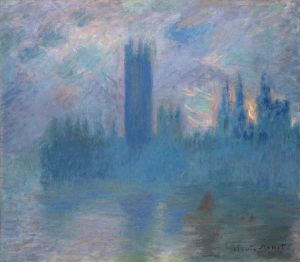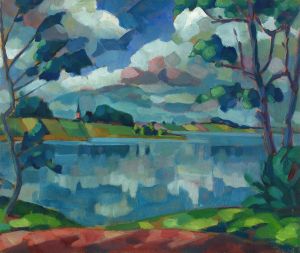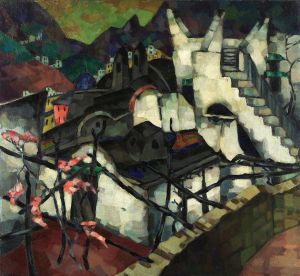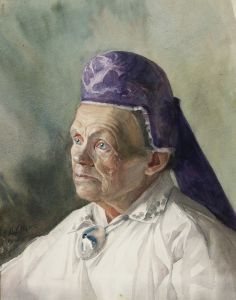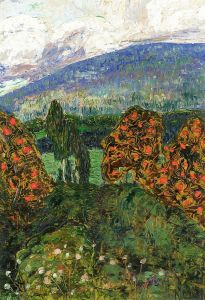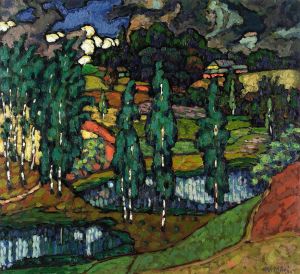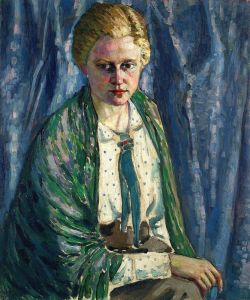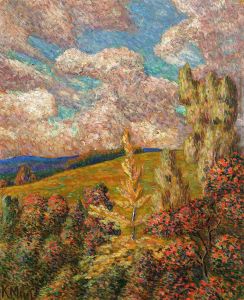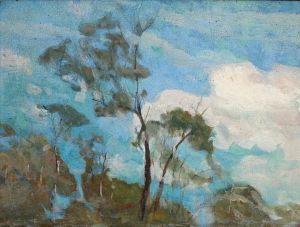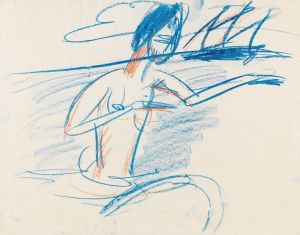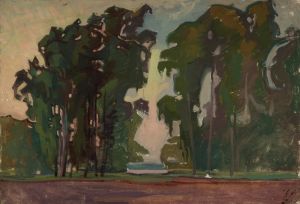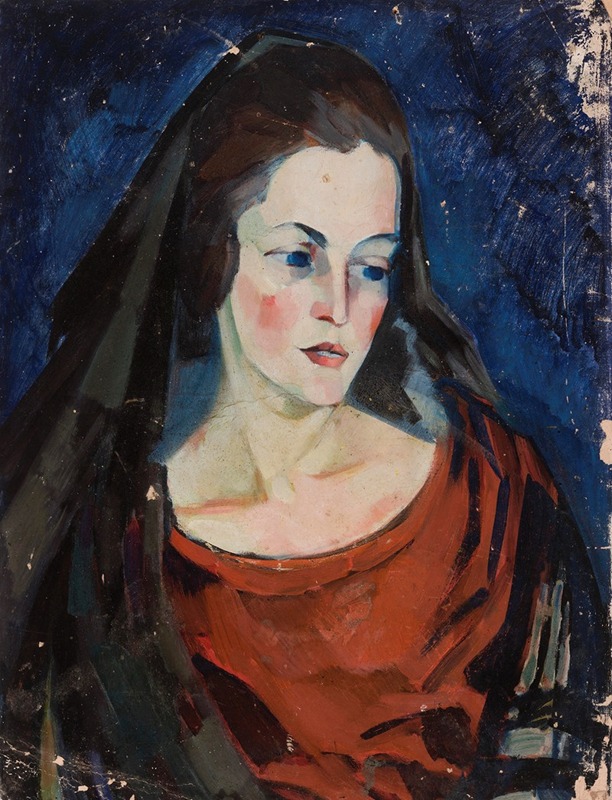
Naise portree
A hand-painted replica of Konrad Mägi’s masterpiece Naise portree, meticulously crafted by professional artists to capture the true essence of the original. Each piece is created with museum-quality canvas and rare mineral pigments, carefully painted by experienced artists with delicate brushstrokes and rich, layered colors to perfectly recreate the texture of the original artwork. Unlike machine-printed reproductions, this hand-painted version brings the painting to life, infused with the artist’s emotions and skill in every stroke. Whether for personal collection or home decoration, it instantly elevates the artistic atmosphere of any space.
Konrad Mägi (1878-1925) was an Estonian painter known for his vibrant use of color and unique style that combined elements of Impressionism and Expressionism. One of his notable works is "Naise portree," which translates to "Portrait of a Woman." This painting exemplifies Mägi's skill in capturing the essence and personality of his subjects through his distinctive approach to portraiture.
"Naise portree" is a striking example of Mägi's ability to blend vivid colors and dynamic brushstrokes to create a sense of depth and emotion. The painting features a woman whose identity remains unknown, but her presence is compelling and enigmatic. Mägi's use of color in this portrait is particularly noteworthy; he employs a rich palette that includes deep blues, vibrant reds, and warm yellows, which together create a harmonious yet intense visual experience.
Konrad Mägi's work often reflects his deep connection to nature and his interest in the human condition. In "Naise portree," these themes are evident in the way he portrays the woman's face and expression. The brushwork is both bold and delicate, suggesting a complexity of character and emotion. Mägi's technique involves layering colors and using contrasting tones to highlight the contours of the face, giving the portrait a three-dimensional quality.
Mägi's artistic journey began in Estonia, but he also spent significant periods in other parts of Europe, including Finland, France, and Italy. These experiences influenced his style and broadened his artistic perspective. His time in Paris, in particular, exposed him to the works of the Fauves and other avant-garde movements, which inspired his use of color and innovative compositions.
"Naise portree" is part of Mägi's broader body of work that includes landscapes, still lifes, and other portraits. His paintings are celebrated for their emotional intensity and their ability to convey a sense of place and personality. Mägi's contribution to Estonian art is significant, as he is considered one of the country's most important artists from the early 20th century.
Today, Konrad Mägi's works, including "Naise portree," are held in high regard and can be found in various art museums and collections. His legacy continues to influence contemporary Estonian artists and his paintings are studied for their unique approach to color and form. "Naise portree" remains a testament to Mägi's talent and his ability to capture the human spirit through his art.





